PAIR OF EARLY 20TH CENTURY GERMAN PORCELAIN MODELS OF EAGLES - REF No. B1017
Product Details
H: 9 in / 23 cm Base: W: 4 in / 10.2 cm ; D: 4.40 in / 11.2 cm
A pair of early 20th century porcelain models of Eagles, each with wings outstretched whilst standing on tree stumps, with blue crown mark (Ernst Bohne & Sons).
1910
German
Biography:
Ernst Bohne & Söhne was a prominent German ceramics manufacturer that operated in the 19th and early 20th centuries. The company was founded in 1848 by Ernst Bohne, a former employee of the Meissen porcelain factory who had acquired the skills and knowledge necessary to produce high-quality ceramics.
Initially, Bohne focused on producing utilitarian wares such as dinnerware and vases, but he soon expanded into more decorative items such as figurines, clocks, and other ornamental pieces. The company was known for its high level of craftsmanship and attention to detail, and its products quickly gained a reputation for their beauty and quality.
One of the key factors in the success of Ernst Bohne & Söhne was its ability to adapt to changing tastes and styles. The company was quick to incorporate new design trends, and it was not uncommon for a single piece to combine elements from several different styles or periods. For example, a vase might have a neoclassical shape with Art Nouveau decoration.
Ernst Bohne & Söhne also worked closely with a number of prominent ceramic artists, who created designs exclusively for the company. These included Ernst Wenck, who was responsible for many of the company's figurines, and Hugo Lonitz, who collaborated with Bohne to produce a line of porcelain figurines and decorative items.
Over the years, Ernst Bohne & Söhne grew to become one of the largest and most successful ceramics manufacturers in Germany. The company exhibited its products at international exhibitions, including the 1851 Great Exhibition in London and the 1900 Exposition Universelle in Paris, where it received numerous awards and accolades.
Following World War II the factory was nationalised by the East German government and subsequently merged with the Sitzendorfer Porzellanmanufaktur in 1974, but then in 1990 was re-privatised and reassumed the name Albert Stahl & Co. At this point they commenced making "reproductions" of the Ernst Bohne & Söhne range, as well as other figural steins.
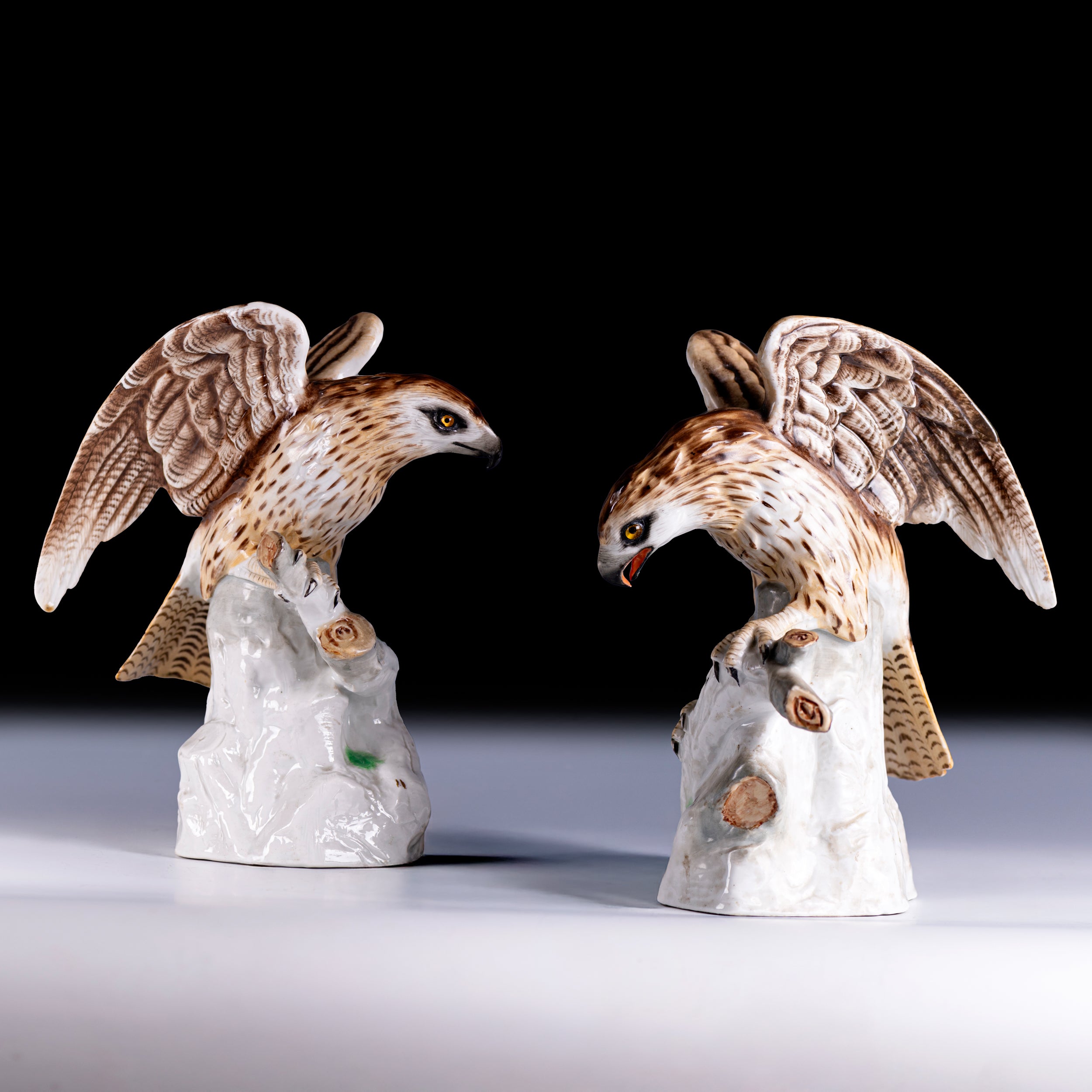
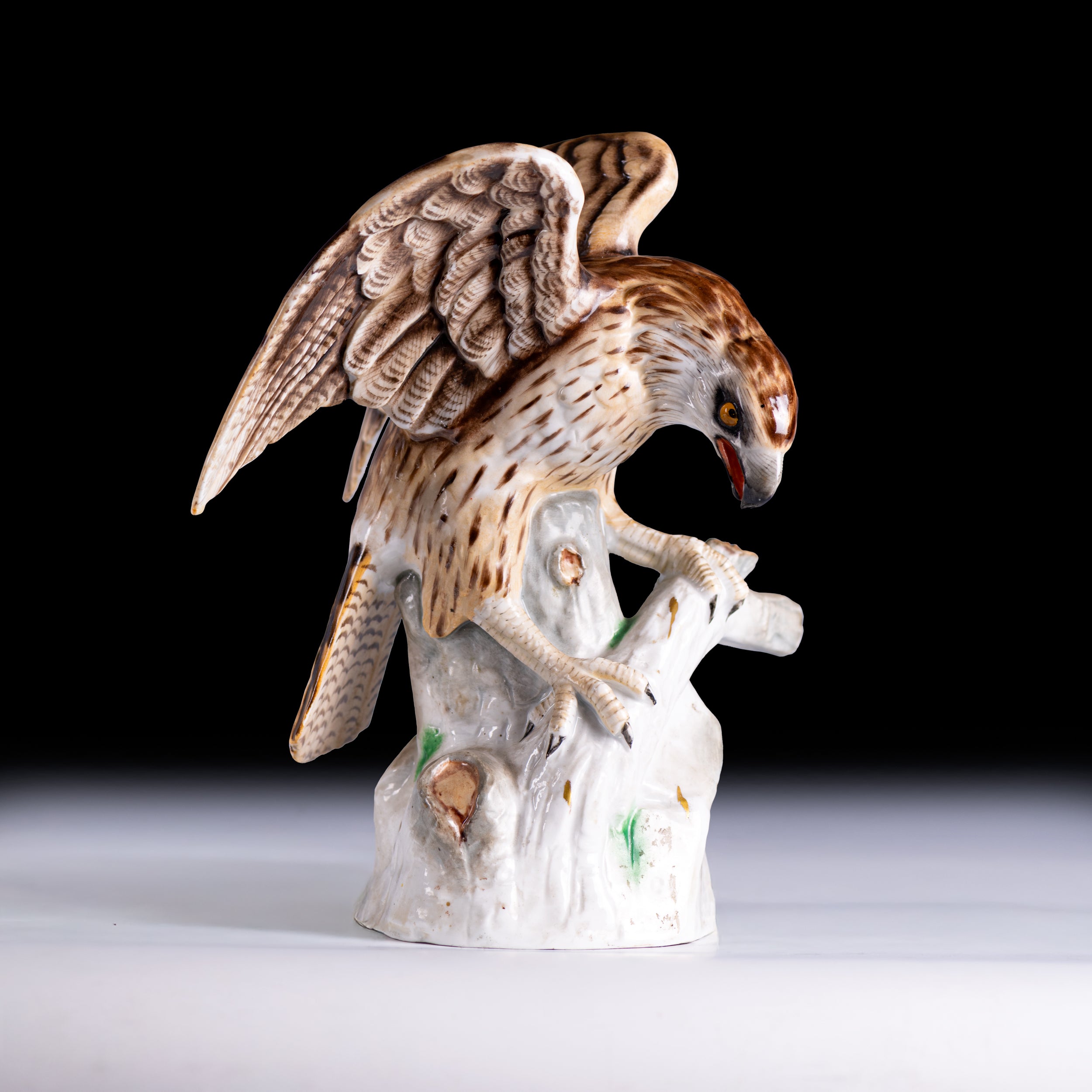
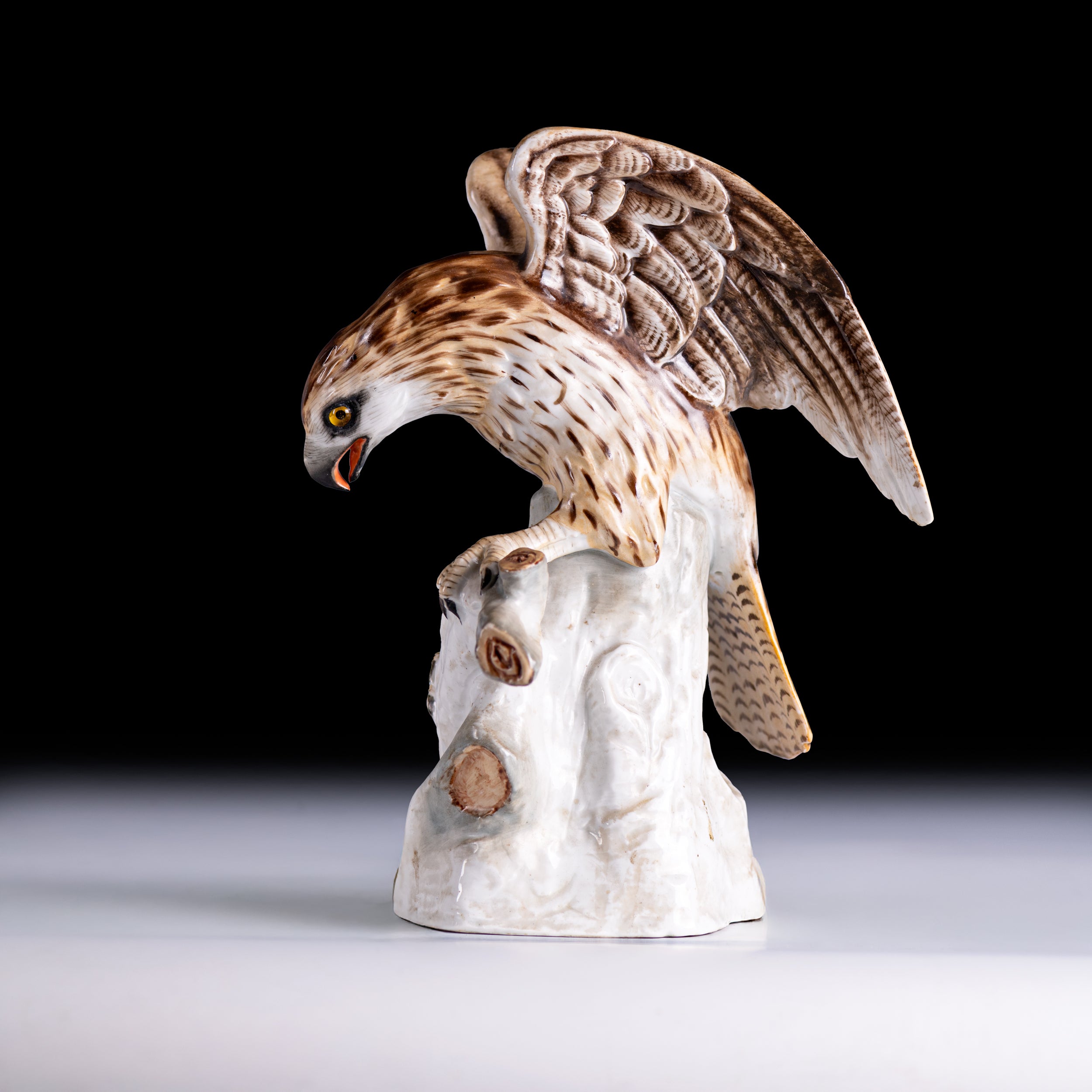
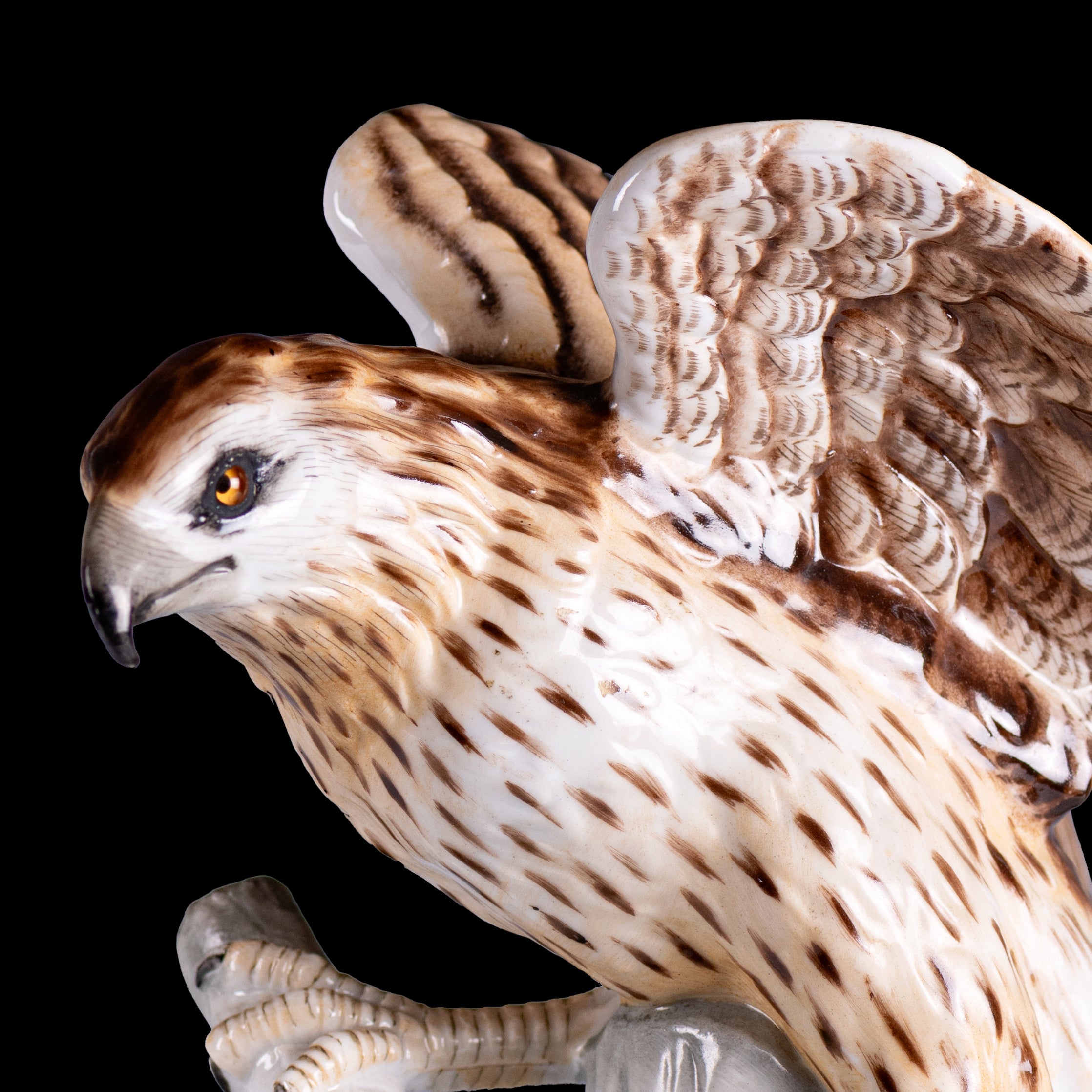
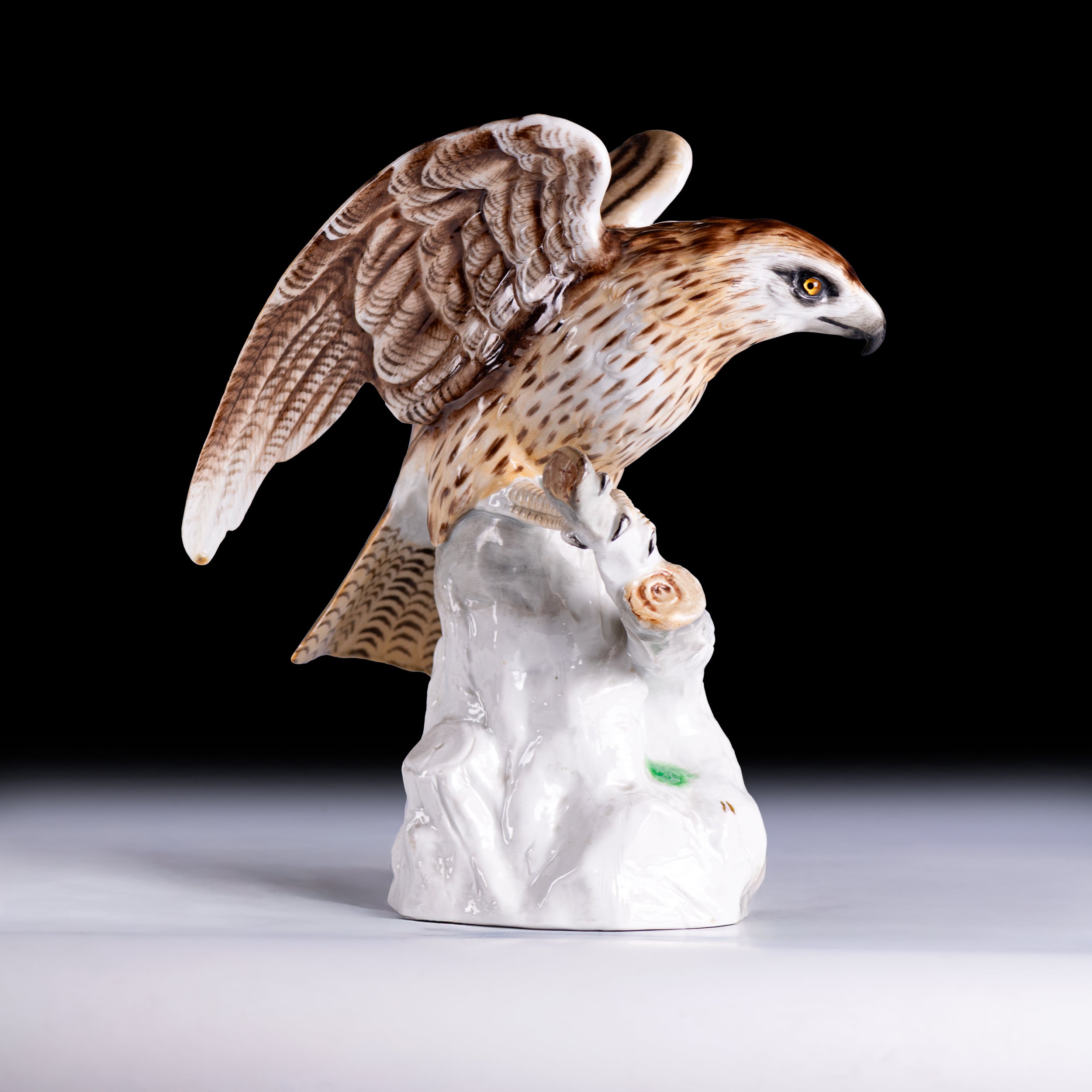
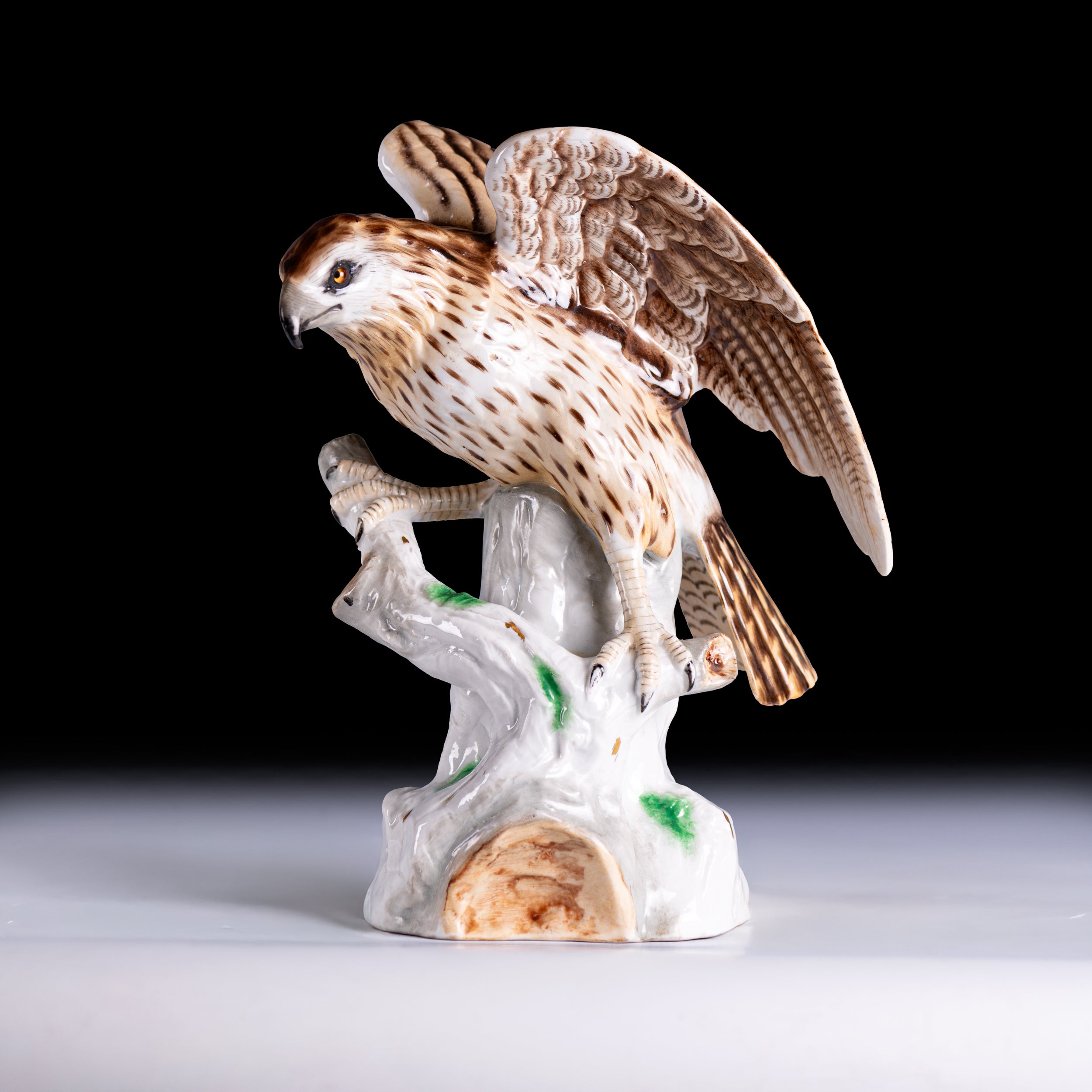
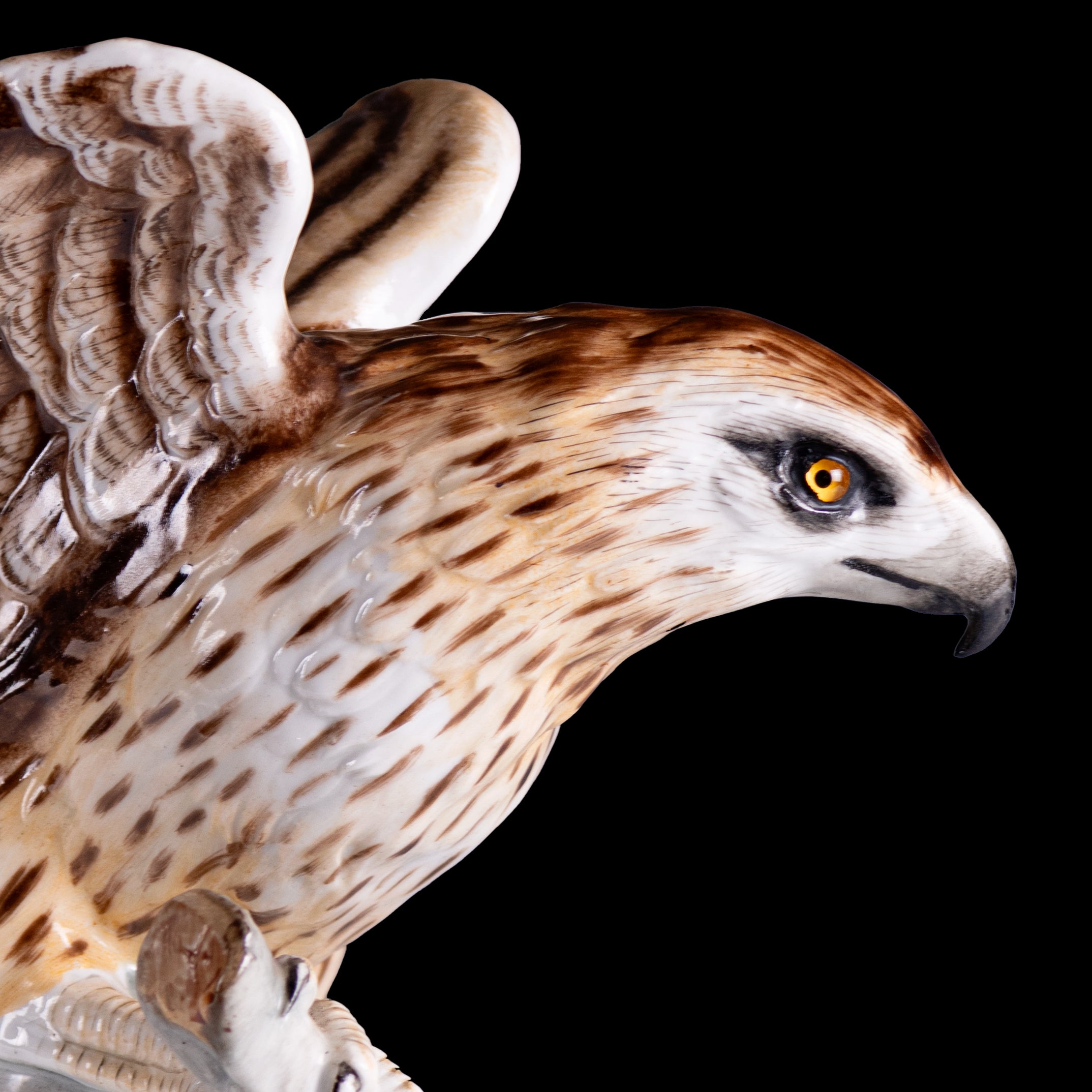
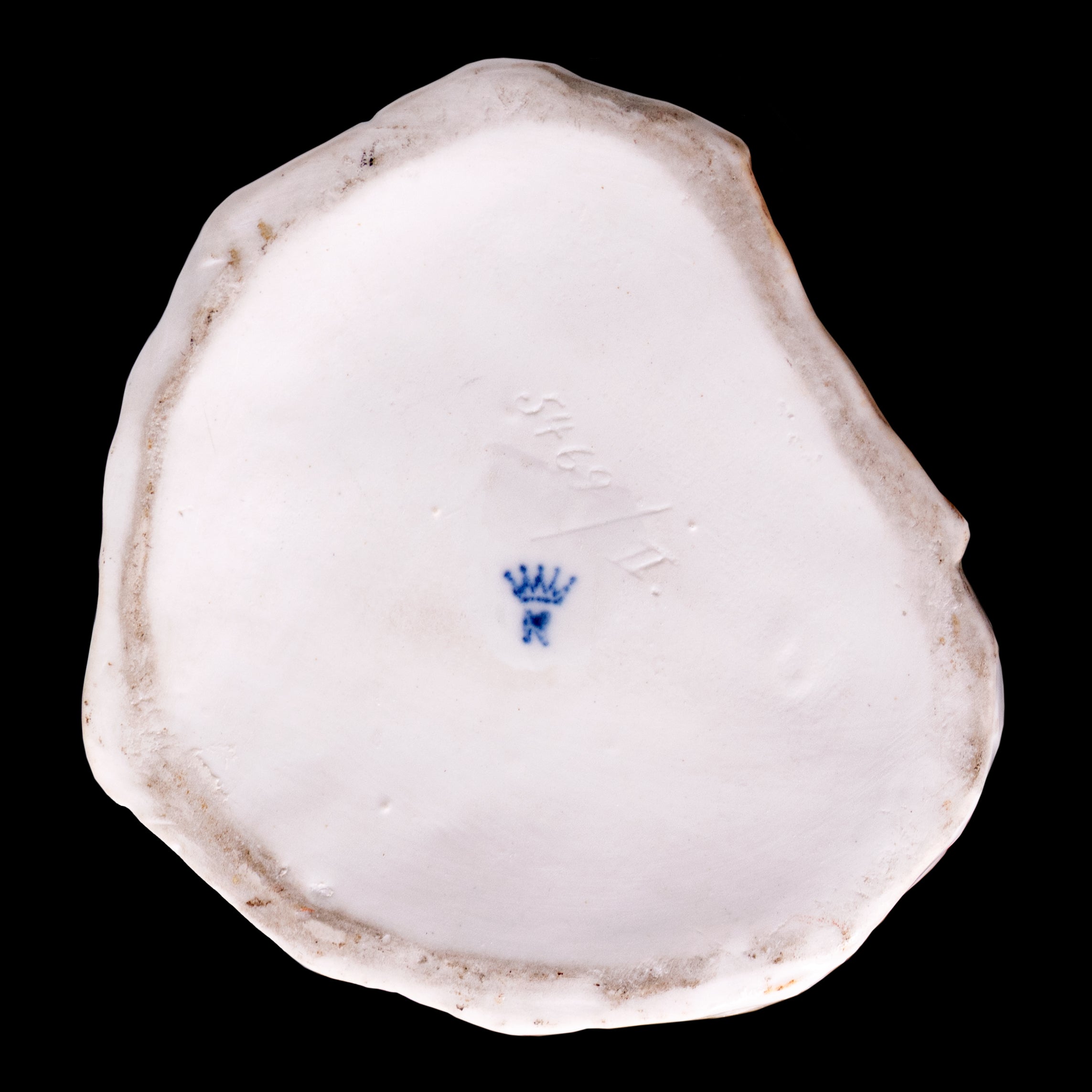
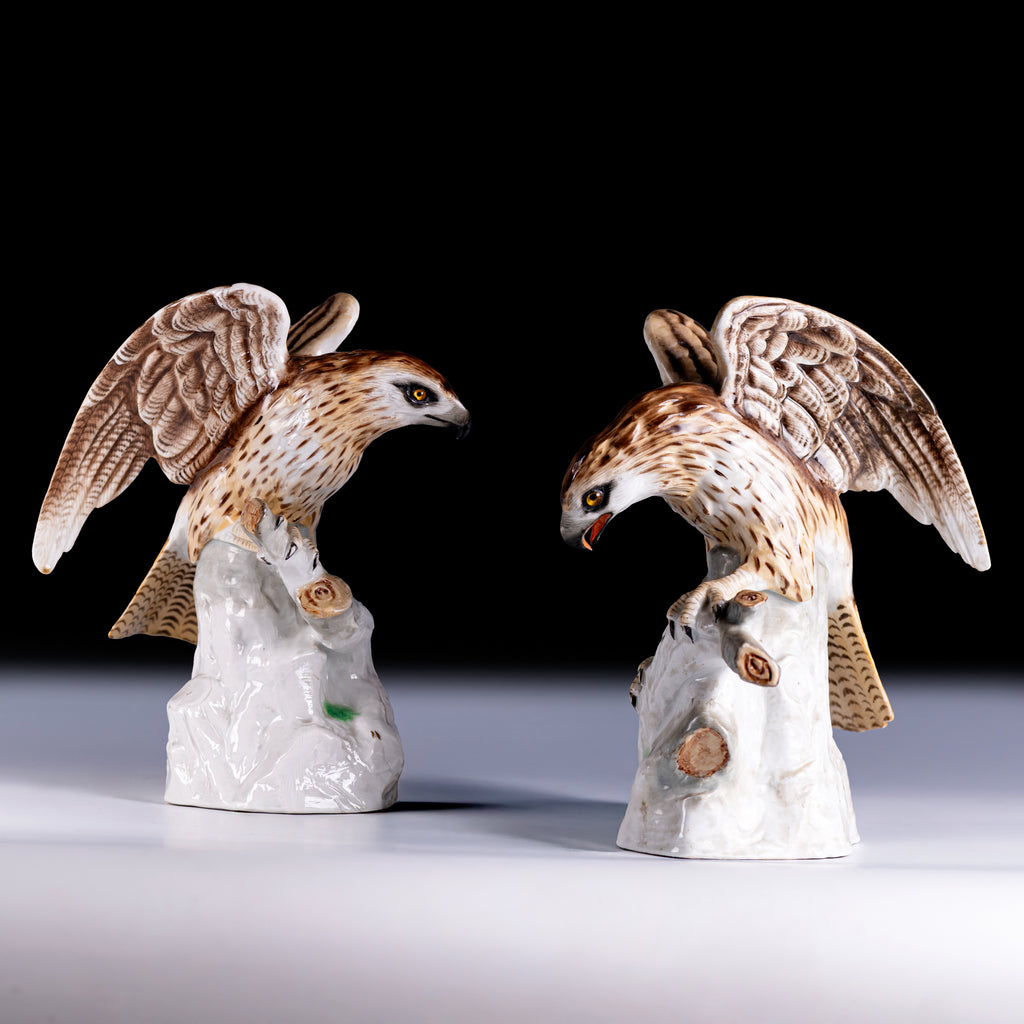
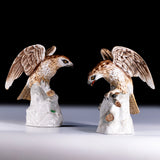
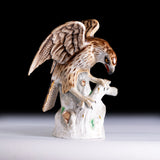
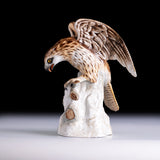

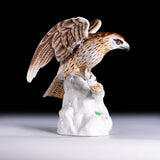
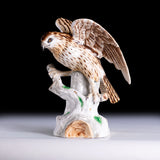
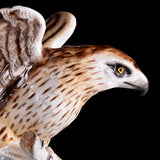
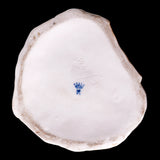
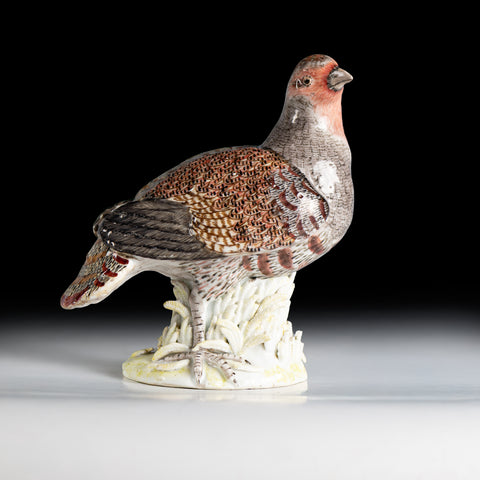
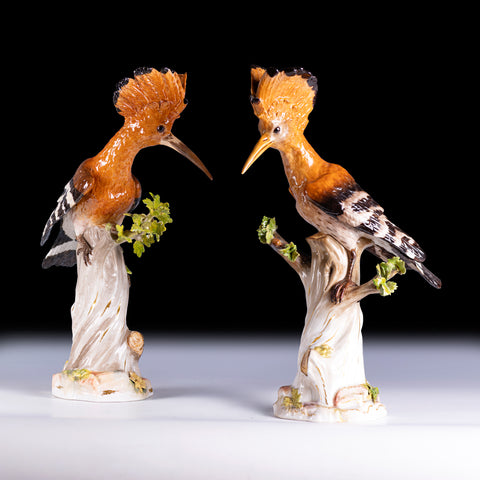
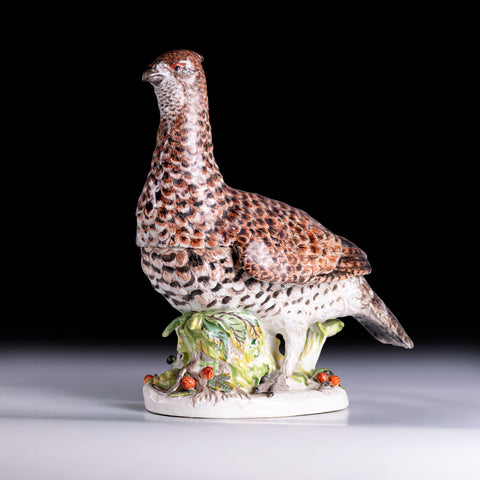
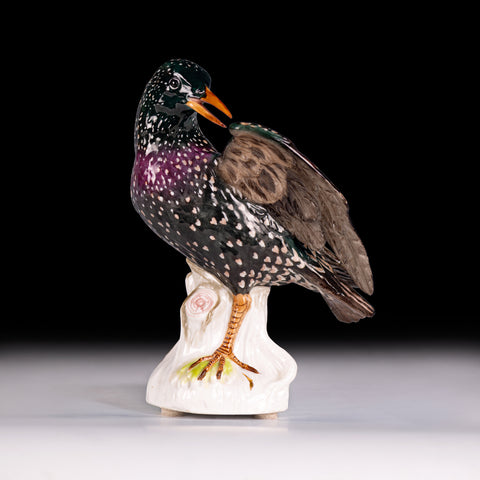
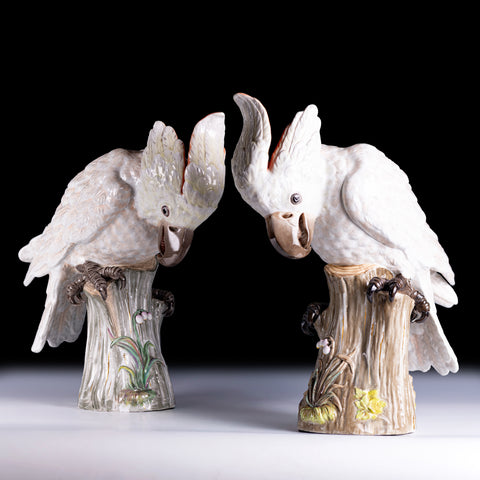
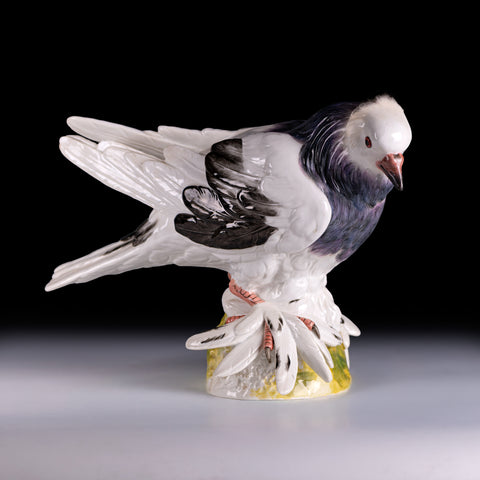
Connect